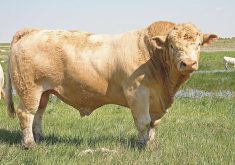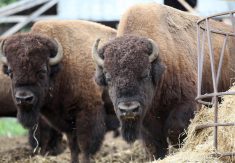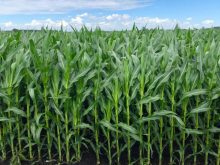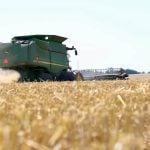Brazil’s rich farmlands and the growing power of the country’s consumers helped JBS turn itself into the world’s largest meat company and will fuel further global growth by Brazilian food companies.
JBS, which started out half a century ago as a butcher’s shop and was little known until a few years ago, said this month it would merge with local beef rival Bertin and buy bankrupt U. S. poultry firm Pilgrim’s Pride.
It also sketched plans to amass a war chest of $6 billion to pay debts, consolidate takeovers and expand further, continuing its breathtaking rise since its first foreign acquisition in 2005 of Argentina’s largest beef processor, Swift Armour.
Read Also
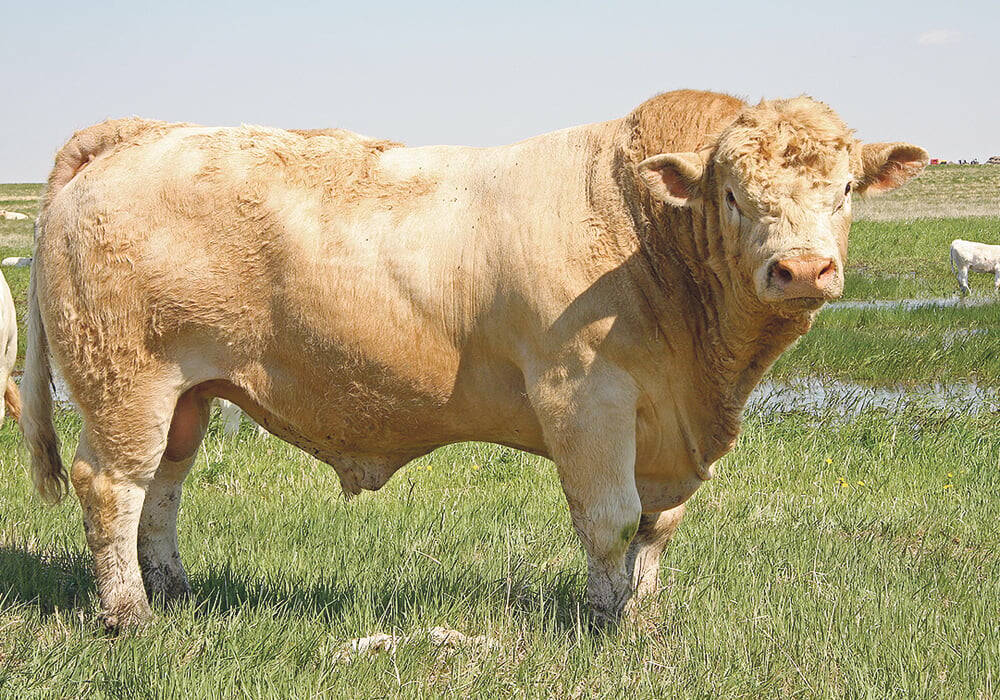
New research sheds light on infertility in bulls
Southern Alberta researchers make ground-breaking discovery in sperm function examining male infertility in bovines.
It was the latest in a series of bold expansions by Brazilian food companies, and more probably are in store as consumers in Latin America’s biggest economy use some of their growing purchasing power to buy more chicken, beef and pork.
Brazil’s middle class has added about 20 million people in the past five years, helped by economic prosperity, a rising minimum wage and government welfare programs.
The minimum monthly wage of 70 reais (US$39) in 1995 would have been entirely used up by the purchase of a government-measured basket of food staples, data from the think tank Dieese shows. In 2008, the same basket only consumed 58 per cent of the minimum wage.
Growing consumption of food has expanded the war chests for the country’s major food companies. Three-quarters of JBS’s $30 billion in annual revenues comes from local sales.
Economic stability, tame inflation, and the strength of the Brazilian real in recent years have also allowed domestic companies to fund more foreign expansion.
“It’s natural to see Brazilian companies expanding abroad now,” Ronaldo Kasinsky, a consumer analyst with Banco Fator Brokerage, said. “They use local market share and a growing consumer base to diversify revenues and internationalize.”
A few days before JBS’s takeover announcements, Brazilian meats processor Marfrig said it would purchase Cargill’s indebted Brazilian poultry export company, Seara.
In May, local food company Perdigao said it would acquire its rival in the pork and poultry sector Sadia, which should create combined revenues of more than $10 billion a year.
The growing middle class and the natural advantages of Brazil’s rich tropical farming should unleash more food companies like JBS in the global arena to compete with the established giants Tyson , Nestle, Kraft and Unilever.
“Brazil has the best tropical farming industry in the world,” analyst Alcides Torres at Scot Consultoria said.
BREADBASKET
Abundant sun, rain and land give Brazil unmatchable agriculture advantages. Its farmers can harvest two grain crops a year, its cattle gain weight and go to slaughter faster than in other major farming countries, and it has enough arable land to more than double current planted area.
This was the basis for the prediction of late Nobel laureate and U.S. agronomist Norman Ernest Borlaug that Brazil would be the bread basket of the world in the 21st century, like the United States was in the 20th.
“Other large emerging countries, where most of the world’s growth will occur in the future – like China and India – lack the arable land and water to feed their people,” said Carlo Lovatelli, head of the agribusiness association Abag.
Torres of Scot Consultoria said that recent moves by JBS to create a bank for producers and to take cattle as payment showed the potential for integrating the production chain and boosting the sector’s efficiency.
“There is a lot of room for the beef sector to become more professional and even more competitive,” he said.


